Wildlife Photography
Summer 2022
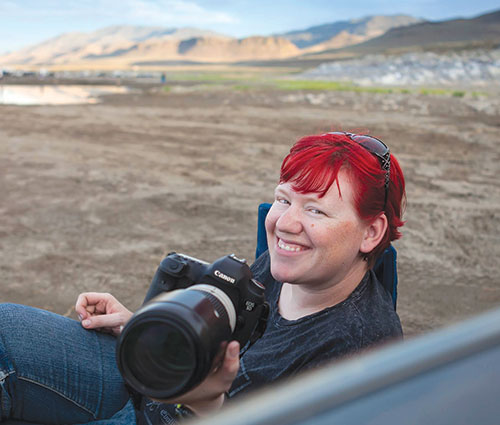
Tips for Viewing & Photographing Wildlife in Nevada
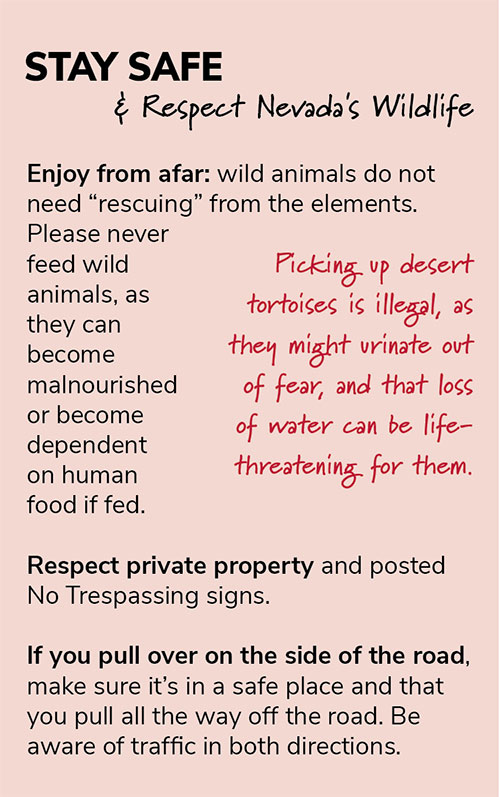 Some of America’s favorite wild creatures thrive in Nevada’s 3-million-plus acres of wilderness. Keep an eye out for animals you know—after all, more than half the nation’s wild horses roam free here—but also species you might not expect like the surface-dwelling desert fish (the world’s rarest). Bring your camera; chances for photography and incredible encounters await.
Some of America’s favorite wild creatures thrive in Nevada’s 3-million-plus acres of wilderness. Keep an eye out for animals you know—after all, more than half the nation’s wild horses roam free here—but also species you might not expect like the surface-dwelling desert fish (the world’s rarest). Bring your camera; chances for photography and incredible encounters await.
A few Nevada photographers have shared some tips for photographing Nevada wildlife. First and foremost, never do anything that would cause a significant change in an animal’s behavior.
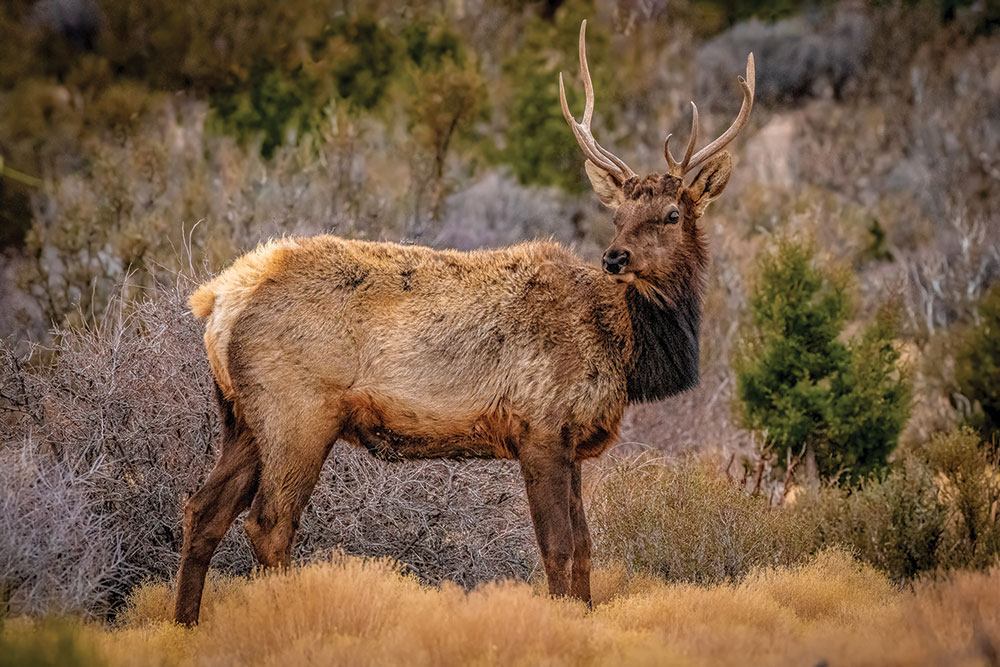

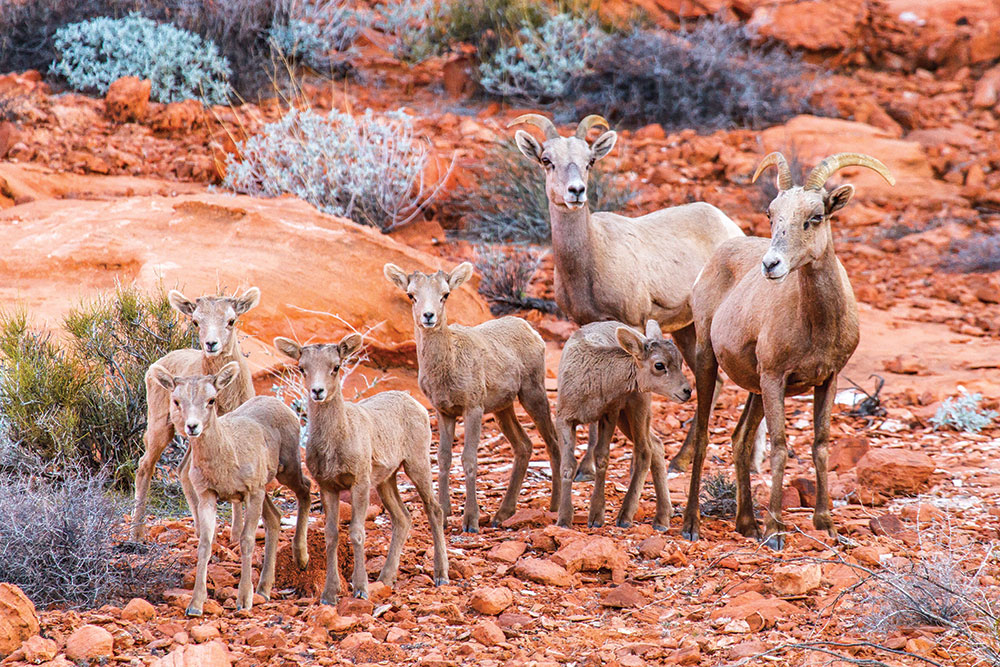
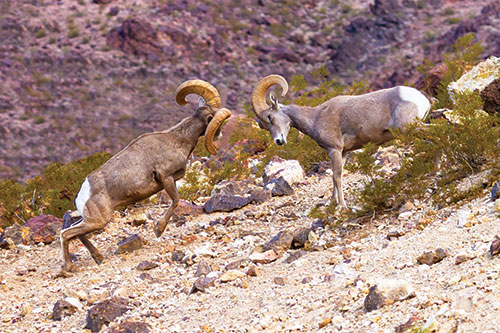
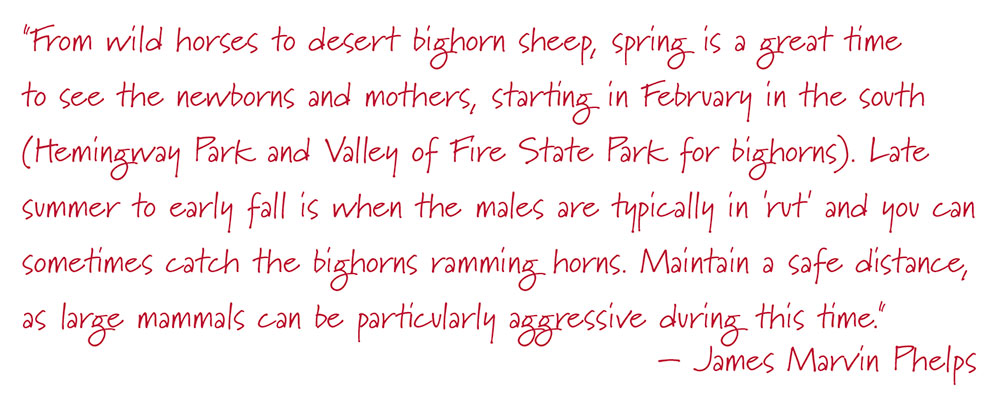
- Whatever creature you’re hoping to zoom in on, read up on the Nevada Department of Wildlife’s website—you’ll find many Nevada creatures are most active at dawn or dusk.
- Leave that cellphone in your back pocket. While the latest cellphone camera technology is sure to impress, a zoom lens helps keep your distance for a more candid shot.
- See signs of animal activity like tracks, scat, worn trails, or even a water source? Settle in and quietly wait.
- Nevada is a land of extremes in any season. Along with some patience, plan for changes in weather, climate, and terrain by packing clothes for both warm and cold. Bring all the gear you think you’ll need, and even backups you don’t.
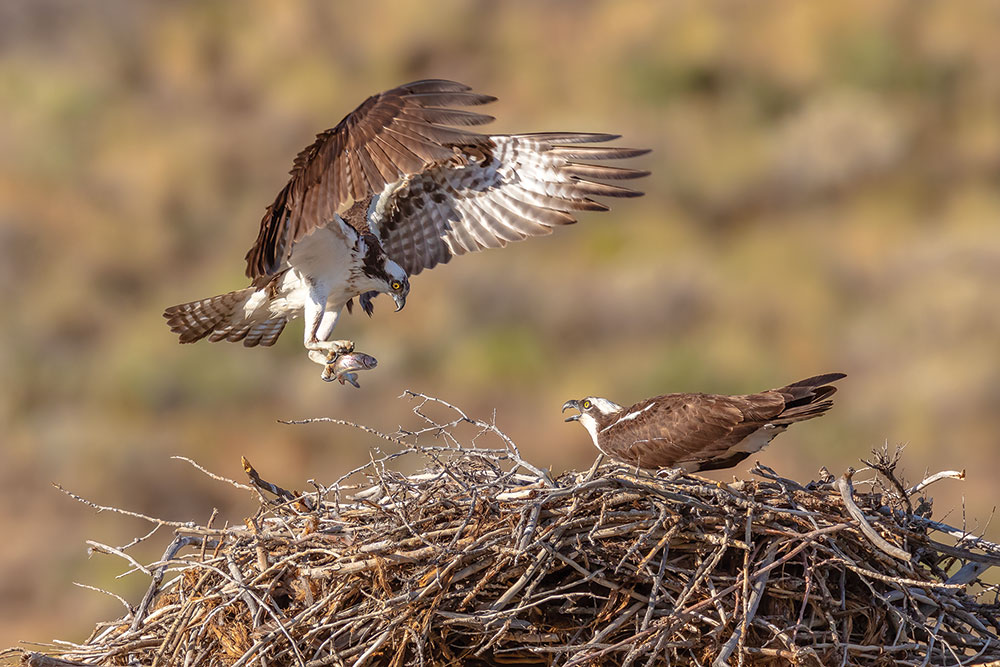
Osprey in Reno ©Jerry Fenwick 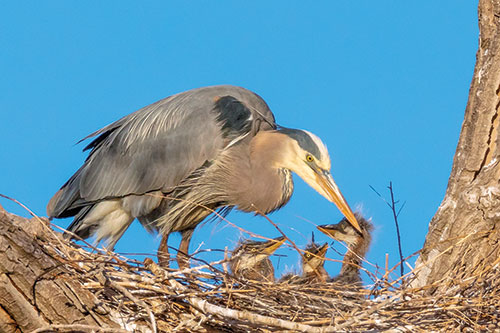
Blue Herons at Stillwater National Wildlife Refuge ©Jerry Fenwick 
- Stay in your car when you can to keep concealed and reduce the chance of animals detecting your presence.
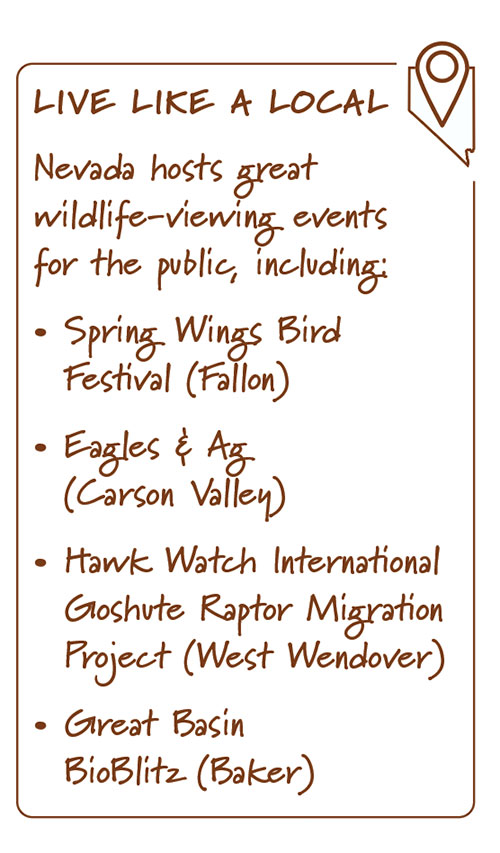
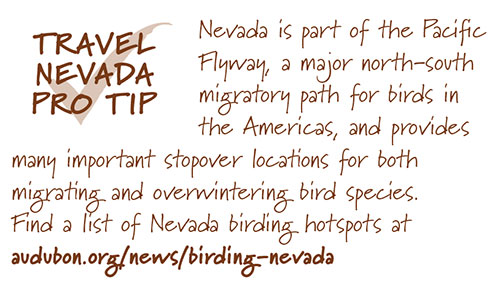
- Know your camera! Before you head out into the Nevada backcountry, get familiar with your camera settings, bring extra batteries and memory cards, and remember these pro tips:
• You will often want exposures of 1/1000 of a second or faster for sharp images.
• For a faster shutter speed, shoot with a higher ISO than you think you might need.
• Consider a wide-open (lower) aperture, which will provide more focal separation between your subject and background.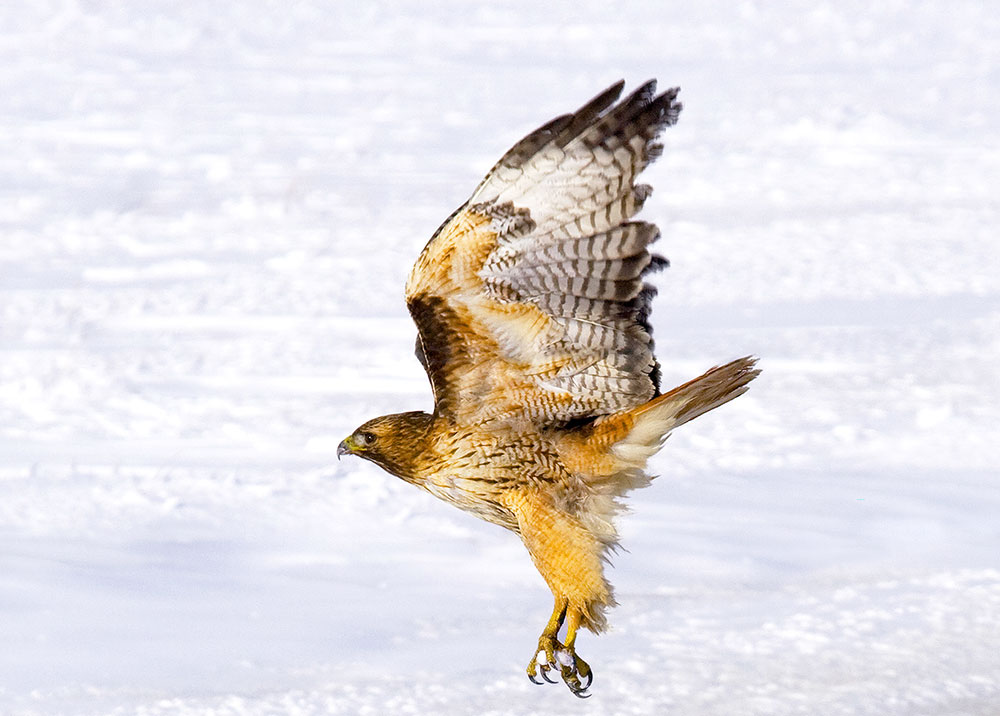
Red-Tailed Hawk in the Carson Valley ©Kippy S. Spilker 
- Watch for repetitive behaviors and interaction between animals. Action photos are almost always more interesting than static ones.
- Be ready to shoot. Keep your camera up to your face while you move if it’s safe to do so. Focus and adjust settings as you go.
- Wildlife is typically more aware of us than we think. To move closer, try zig-zagging or walking at an angle, rather than straight toward them.
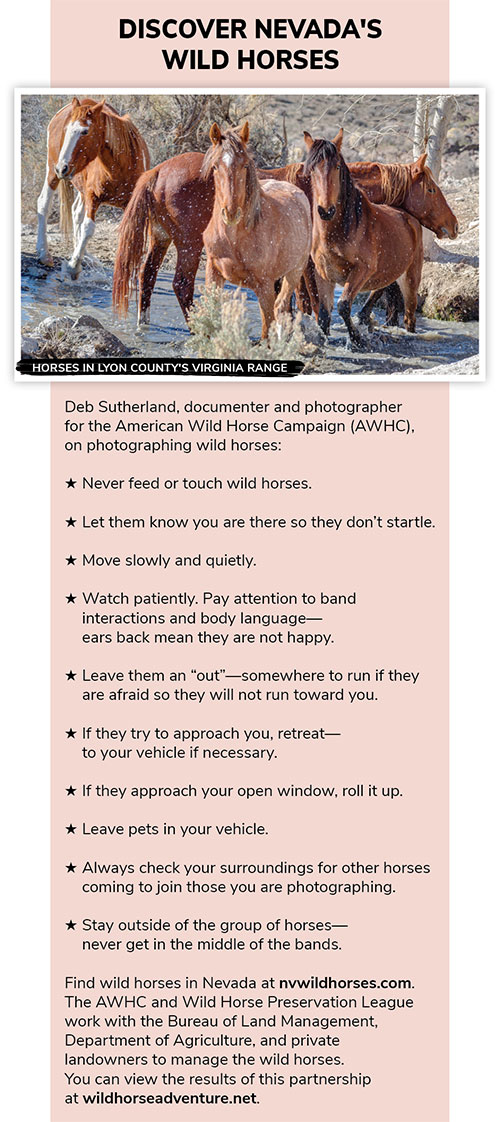
©Deb Sutherland
